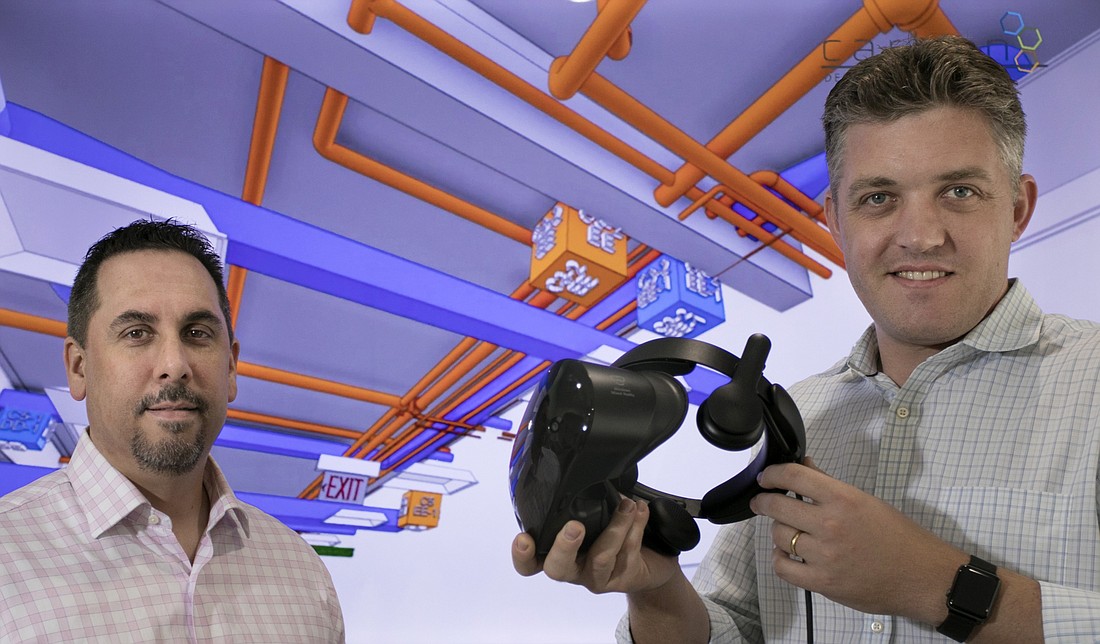- July 26, 2024
-
-
Loading

Loading

For both owners of newly built properties and the contractors who work for them, the dreaded punch list — work that doesn’t conform to project specifications — can lead to significant timeline and budget overruns, preventing the building from being ready to occupy.
Items on the list can be minor, like wall sockets, or major, like roof integrity. Regardless of magnitude, they represent mistakes and deviations that prevent an owner from opening a building on time and a contractor from receiving full payment.